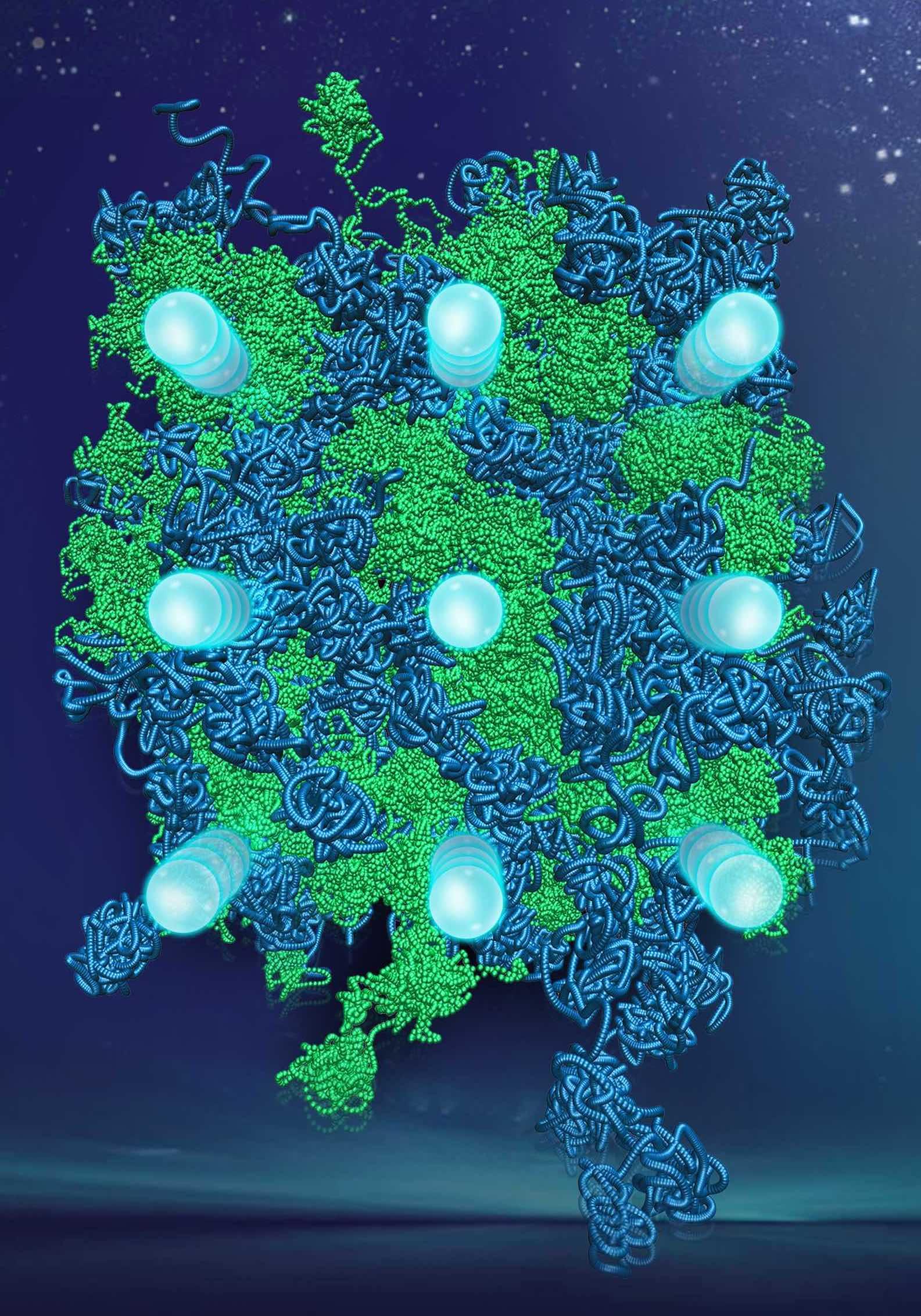
Submitted by Administrator on Fri, 26/07/2019 - 13:57
Superionic materials are simultaneously liquids and solids. In a multicomponent compound, the different constituents could melt independently, at different temperatures. In a collaboration between the University of Cambridge and Nanjing University, a computational study has discovered that helium-water compounds under pressure are expected to exhibit multiple superionic states, with the hydrogen and helium melting independently while the oxygen atoms remain in fixed, regular positions.
First principles structure prediction techniques were used to find that water and unreactive helium can form stable compounds at surprisingly low pressures. Molecular dynamics simulations were then performed on these new structures, at increasing temperatures. It was found that the helium atoms started to wander freely through the water ice framework, exhibiting diffusive behaviour: the hallmark of superionicity. At even higher temperatures, the hydrogen sub-lattice also melted, giving rise to a multiply superionic phase.
The work is to appear in a forthcoming issue of Nature Physics.

Additional news coverage about the study can be found on phys.org: Study unveils new superionic states of helium-water compounds
Multiple superionic states in helium–water compounds
Cong Liu, Hao Gao, Yong Wang, Richard J. Needs, Chris J. Pickard, Jian Sun, Hui-Tian Wang and Dingyu Xing

